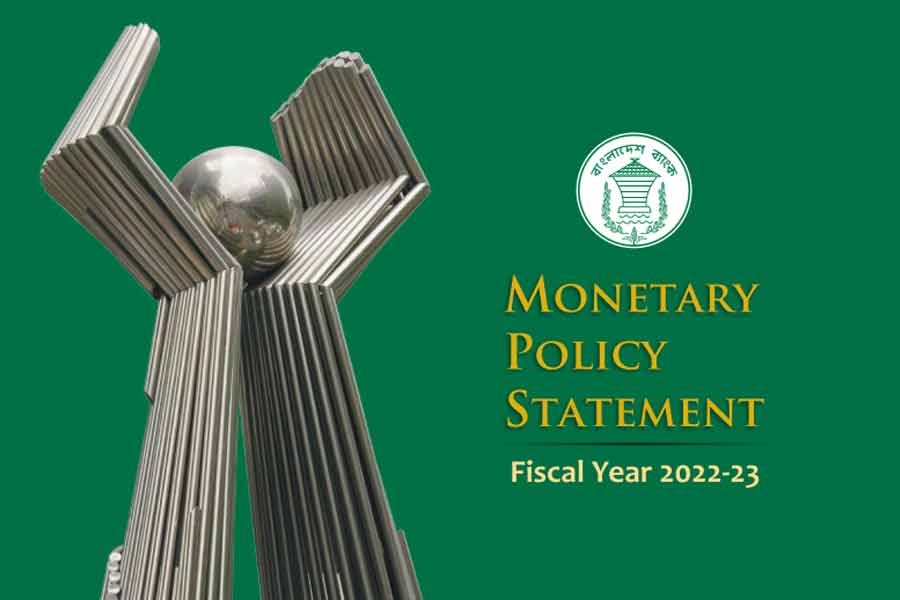The central bank on Thursday last raised the key policy rate by 50 basis points to 5.50 per cent. Nearly a month back, it had upped the rate for the first time in a decade. It also hiked the LC (letter of credit) margin for some non-essential items from 75 per cent to 100 per cent. The stance of the monetary policy for 2022-23, announced by the BB's outgoing Governor, Fazle Kabir on the same day, is thus clear; it wants to contain the inflationary pressure on the economy and make the exchange rate stable. While doing so, the BB wishes to maintain its pro-growth posture and help generation of employment opportunities. Goals under the given circumstances have been rightly set, but achieving those might prove daunting.
Undoubtedly, inflation remains the top worry for people responsible for managing the country's economy. The rate of inflation, according to an official estimate, was 5.99 per cent in May, well over the annual target of 5.33 per cent. Scepticism, however, runs high among private think-tanks and relevant others about the official inflation estimate. They feel the rate is much higher. The uptrend in inflation is due to higher commodity prices in the international market. The surge in demand for goods and services in the post-Covid period coupled with disruption in supply created by the Russia-Ukraine war has given rise to a difficult situation. On the domestic front, the devastating floods in the country's north and northwest regions have only compounded it.
The effectiveness of a single tool, such as the policy rate in containing inflation, remains in doubt. The BB in its monetary policy statement has also admitted it. That tool should have been supplemented by a hike in the lending rate which is now capped at 9.0 per cent. The private sector credit growth target set for the current financial year (FY2022-23) does point to a tightening stance of the monetary policy. Given the current state of liquidity in the banking sector, a higher policy rate and the government's plan to borrow Tk.1063 billion from the banking system would make the availability of funds for the private sector tighter. Banks are likely to press for higher deposit rates soon, which would lead to higher lending rates. The monetary policy says while being cautious and anti-expansionary, it would keep the pro-growth stance unchanged. Under a monetary policy that aims to tighten the money supply, maintenance of such a stance would not be easy.
Much would, therefore, depend on the international commodity price situation. Unless the war in Europe ends, the disruption in the supply of fuels and food items and the consequent rise in their prices will persist. Implementing the MPS aim of cutting dependence on imported items by encouraging import substitution domestically might also prove difficult. Any large-scale financing to this effect will run counter to the move to contain inflation. In sum, the FY 2022-23 will be a difficult one. Many developed countries are now worried about the onset of stagflation, marked by high inflation and low growth. After the pandemic shock, this kind of development in the world economy might prove deadly even for a country like Bangladesh. The country's current account deficit would balloon further with the exchange rate volatility persisting. That is, however, the worst scenario. Hopefully, the world economy will be able to skip that.


